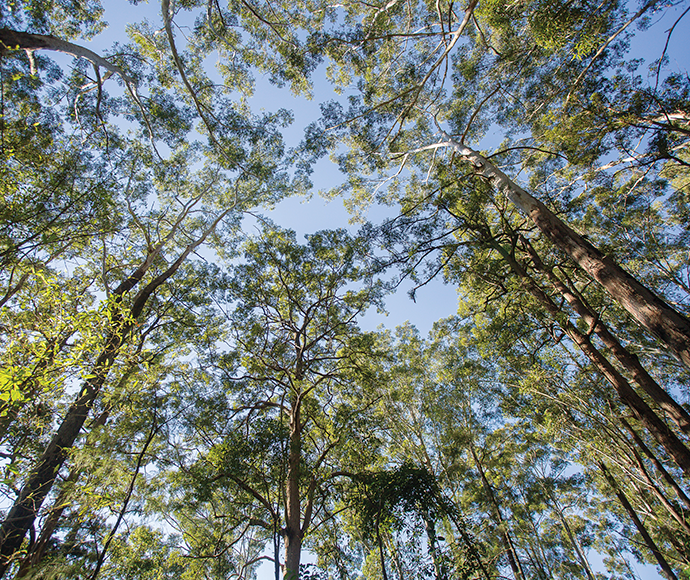New rules for native forestry operations on public land
The new Coastal Integrated Forestry Operations Approvals (IFOA) was signed by the Minister for the Environment and the Minister for Lands and Forestry on 16 November 2018. The new Coastal IFOA delivers improved protections for environmental sustainability, biodiversity and key threatened species, while providing long-term security to the forestry sector.

Coastal forest. Photo: Brent Mail Photography
In remaking the IFOA, the EPA’s Forestry Management Team undertook extensive consultation with industry, environment groups and the communities surrounding forestry operations. More than 3,000 submissions were received, highlighting the important role that forests play in the lives of NSW residents.
The IFOA sets the rules for how forestry operations can be carried out in State Forests and Crown timber lands in coastal NSW. Prior to the extensive remake, there were four IFOAs that covered specific regions of coastal NSW, all with different conditions. These forestry operations are now regulated by one, single and modern IFOA.
The Forestry Legislation Amendment Act 2018 also commenced in November 2018. Together, the provisions of the new Act and the new Coastal IFOA mean clearer rules for loggers and more accountability than ever before.
Some major changes in the IFOA include penalty notice fines increasing from $1,100 to $15,000 and the maximum court-imposed penalties rising from $110,000 and $2 million. The EPA will also have access to an expanded suite of regulatory tools. This brings the regulation and penalties of the native forestry industry in line with other activities the EPA regulates across the state.
Notably, the Coastal IFOA includes setting minimum thresholds for the permanent protection of threatened species across the landscape, as well as in each individual harvesting site. These permanent protections will also improve the protections afforded to native plants, animals, habitats and streams.

